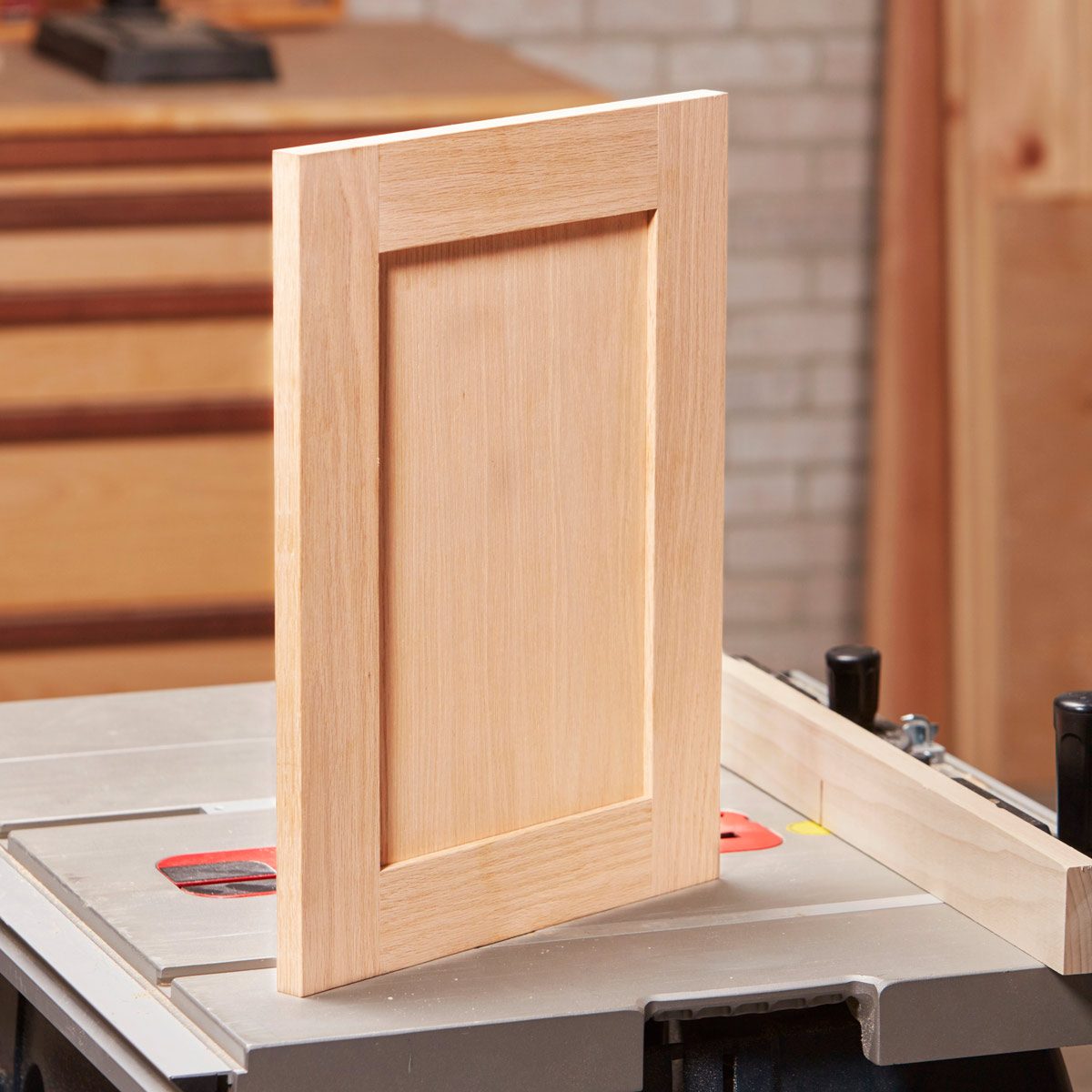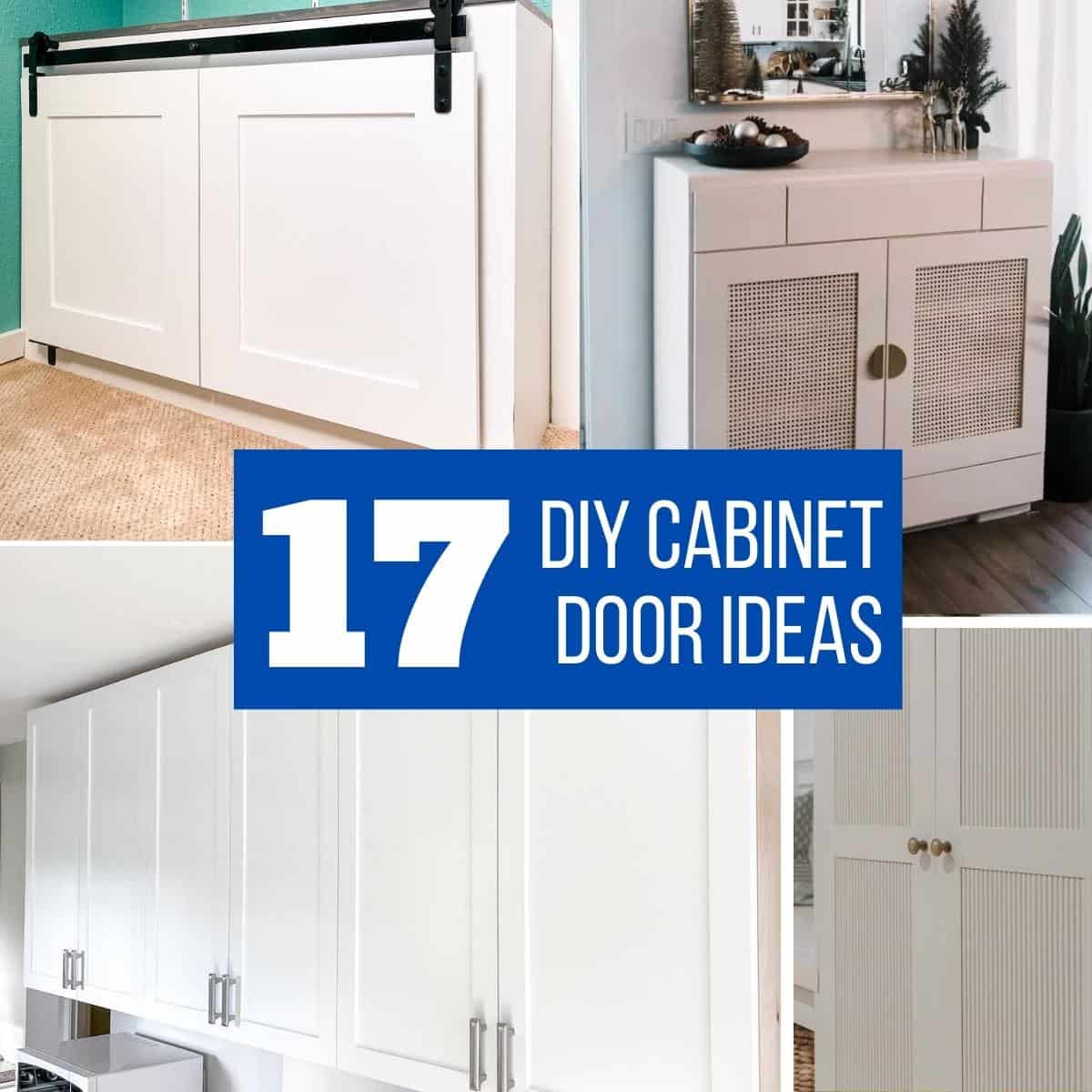Planning and Preparation

Building cabinet doors is like making a delicious nasi uduk: it requires careful planning and preparation to ensure a satisfying outcome. Just like how you need the right ingredients and tools for nasi uduk, you need the right tools and materials for cabinet doors.
Tools and Materials
You’ll need a few essential tools and materials to get started.
- Measuring Tape: A trusty measuring tape is your best friend, ensuring all your cuts are precise. You wouldn’t want your cabinet doors to be lopsided, would you?
- Saw: A circular saw or a handsaw is essential for cutting the wood to size. Remember, a sharp saw makes for a clean cut.
- Drill: A drill with various drill bits is needed for creating holes for hinges and handles. Don’t forget the pilot holes!
- Screwdriver: A screwdriver is crucial for securing the hinges, handles, and other hardware. A power drill with a screwdriver attachment can speed up the process.
- Sandpaper: Sandpaper is important for smoothing out rough edges and creating a smooth surface. A good sanding job will make your doors look like a million bucks.
- Wood Glue: Wood glue is essential for bonding the pieces of wood together. Don’t skimp on the glue, or your cabinet doors might fall apart!
- Wood: The type of wood you choose will determine the look and durability of your cabinet doors. Consider your budget and the style you’re going for.
- Hinges: Hinges are the backbone of your cabinet doors. Choose hinges that are sturdy and match the style of your cabinet.
- Handles: Handles are the finishing touch. Choose handles that are comfortable to grip and complement the overall design.
Accurate Measurements
Accuracy is key when it comes to building cabinet doors. Imagine if your cabinet doors were too big or too small – it would be a real disaster!
- Measure twice, cut once: This old saying is true, especially when building cabinet doors. Double-check your measurements before you make any cuts.
- Use a level: A level will help you ensure that your cabinet doors are straight and even. You don’t want your doors to be tilted, do you?
- Consider the thickness of the wood: When taking measurements, remember to account for the thickness of the wood. You don’t want your doors to be too thin or too thick.
Wood Selection, How to build simple cabinet doors
Choosing the right wood for your cabinet doors is important. Just like choosing the right ingredients for nasi uduk, you want to select wood that’s durable and fits your style.
- Hardwoods: Hardwoods like oak, maple, and cherry are strong and durable. They’re also beautiful and can be stained or painted to match your décor.
- Softwoods: Softwoods like pine and fir are more affordable but less durable. They’re best for less demanding applications, like pantry doors.
- Plywood: Plywood is a good option for cabinet doors, as it’s strong and stable. It’s also less expensive than solid wood.
Designing the Cabinet Door
Before you start building, you need to design your cabinet doors. Think about the size, style, and functionality you need.
- Size: The size of your cabinet doors will depend on the size of your cabinets. Make sure to leave enough space for the doors to open and close easily.
- Style: There are many different styles of cabinet doors, from simple to elaborate. Consider the style of your kitchen or bathroom when choosing a style.
- Functionality: Think about how you’ll be using your cabinet doors. If you need to access items frequently, you might want to choose doors that open easily.
Cutting and Shaping: How To Build Simple Cabinet Doors

Now that you’ve got your materials prepped and ready, it’s time to get your hands dirty (figuratively, of course). This section will guide you through the process of cutting and shaping your cabinet door panels, ensuring they fit perfectly and look sharp.
Cutting the Wood
Cutting the wood to the correct dimensions is crucial for a well-fitting cabinet door. There are several tools you can use, each with its own advantages and disadvantages.
- Hand Saw: A trusty hand saw is perfect for simple cuts and can be used for rough shaping. It’s a great option for smaller projects or when you don’t have access to power tools.
- Table Saw: A table saw provides precise, straight cuts and is ideal for cutting multiple pieces to the same length. It’s a powerful tool that requires a bit more setup and safety precautions.
- Circular Saw: A circular saw is a portable tool that can be used for both straight and curved cuts. It’s perfect for cutting larger sheets of plywood or MDF.
- Jigsaw: A jigsaw is great for cutting intricate shapes and curves. It’s a versatile tool that can be used for both rough and fine cuts.
Regardless of the tool you choose, remember to wear safety glasses and ear protection. Measure twice, cut once, as they say!
Shaping the Edges
Once you’ve cut the wood to the desired dimensions, you’ll want to give it a clean and finished look by shaping the edges.
- Sanding: Sanding is a simple yet effective way to smooth out the edges and remove any rough spots. Start with a coarse grit sandpaper and gradually work your way to a finer grit for a smooth finish. You can also use a sanding block for more control.
- Router: A router is a powerful tool that can be used to create a variety of edge profiles, from simple bevels to elaborate moldings. It’s a great option for adding a touch of sophistication to your cabinet doors.
- Hand Plane: A hand plane can be used to smooth and shape the edges of the wood. It’s a more traditional method that requires some skill and practice.
Creating Decorative Elements
If you want to add some extra flair to your cabinet doors, you can incorporate decorative elements like raised panels or molding.
- Raised Panels: Raised panels are a classic decorative element that adds dimension and visual interest to cabinet doors. You can create raised panels by using a router to cut a recess in the center of the door panel and then raising the surrounding wood to create a raised frame.
- Molding: Molding can be used to add a decorative trim around the edges of the cabinet door. You can purchase pre-made molding or create your own using a router or a molding plane.
Creating a Smooth Surface
Before you start painting or staining your cabinet doors, it’s important to create a smooth and even surface. This will ensure that the finish is even and looks professional.
- Sanding: Sanding is essential for creating a smooth surface. Start with a coarse grit sandpaper and gradually work your way to a finer grit. Pay attention to any imperfections or scratches and sand them out until the surface is smooth.
- Filling Gaps: If there are any gaps or holes in the wood, you can fill them with wood filler. Allow the wood filler to dry completely before sanding it smooth.
How to build simple cabinet doors – Building simple cabinet doors is a straightforward project, but the real artistry lies in how you integrate them into the overall design. Don’t underestimate the power of lighting, especially in a bedroom. For those who prefer a clean, modern aesthetic, consider exploring options for bedroom lighting without false ceilings.
The right lighting can accentuate the lines of your cabinet doors and create a warm, inviting atmosphere. Once you’ve nailed the lighting, the rest of the cabinet door construction is a breeze.
Building simple cabinet doors is a rewarding DIY project, and understanding the basic principles can help you tackle even more complex designs. If you’re looking for inspiration, consider a 2 door organizer cabinet as a starting point. These cabinets offer a practical and visually appealing solution for organizing any space, and their simple construction makes them ideal for a beginner woodworker.
